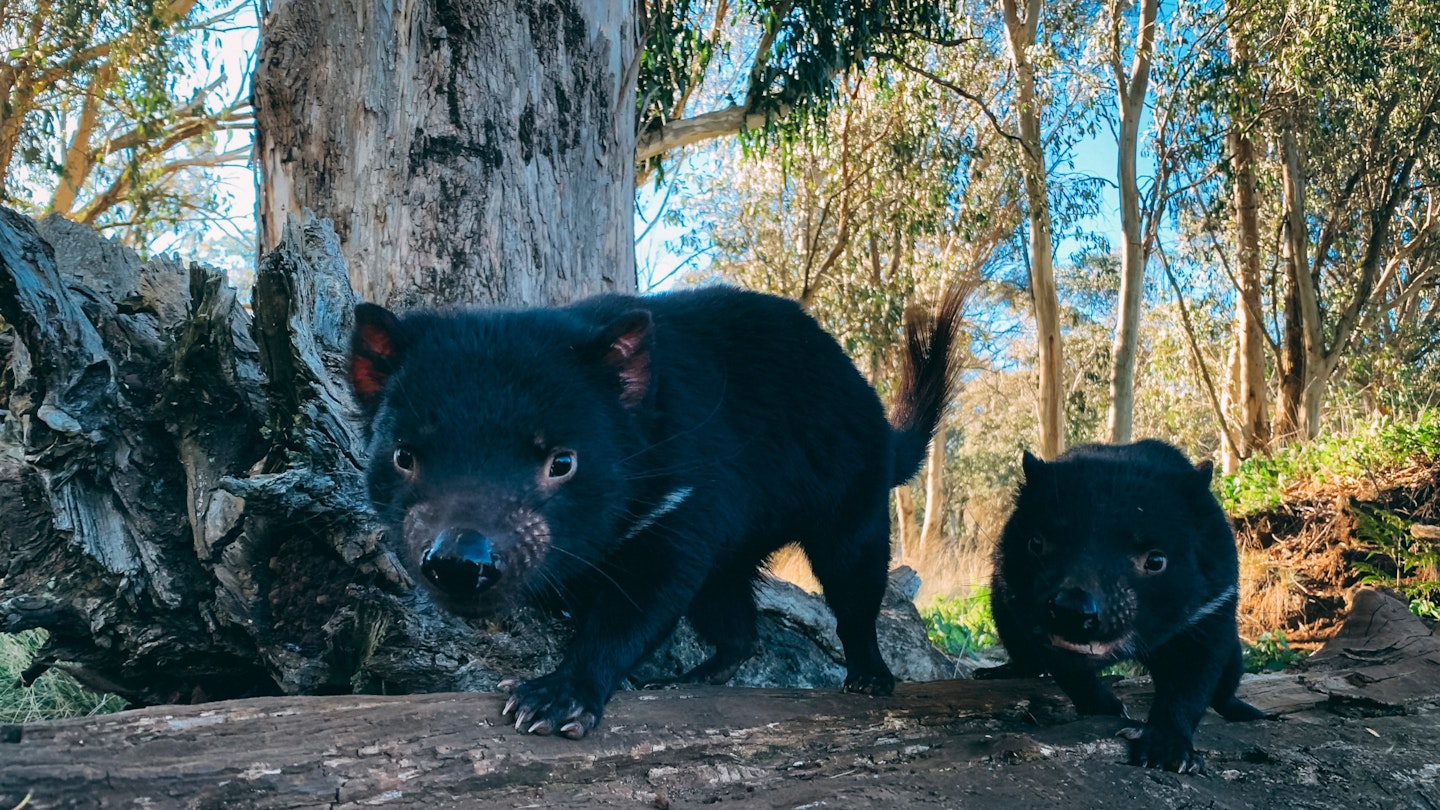Tasmanian Devils Return to Mainland Australia
In a joyful and historic event, the Tasmanian devil has returned to mainland Australia more than 3000 years after it was last seen there. Eleven creatures were recently released into a 400-hectare wildlife sanctuary north of Sydney. This follows a successful assisted trial release with 15 Tasmanian devils, meaning that a total of 26 creatures now call the wilds of mainland Australia home.
The Importance of Reintroduction
The reintroduction of these carnivorous marsupials is deemed an essential step in the rewilding of Australia, the country with the world’s worst mammal extinction rate. Tasmanian devils disappeared largely due to competition with introduced dingoes, which hunt in packs. Dingoes never made it to Tasmania, but a transmissible and fatal disease known as Devil Facial Tumor Disease has decimated as much as 90% of the wild population of Tasmanian devils. Consequently, only about 25,000 devils remain in Tasmania today.
Efforts by Aussie Ark
For over a decade, Aussie Ark has dedicated its efforts to the Tasmanian devils with the objective of returning them to the wild. The organization has been building an insurance population of these animals while researching their reproductive physiology, behavior, and ecological needs. Furthermore, they will coordinate two additional releases of 20 devils each over the next two years. These releases will be systematically monitored through regular surveys, camera traps, and radio collars, refining the process as they gather data.

Community Involvement
Notably, actors Elsa Pataky and Chris Hemsworth participated in the release of some of the animals into their new environment. Aussie Ark specifically selected the devils for reintroduction based on their breeding compatibility, minimizing the risk of inbreeding. Moreover, the sanctuary is designed to mitigate the spread of disease, control feral pests, and prevent the growth of noxious weeds. It also ensures that vehicles are restricted, which is crucial for helping the devils not associate cars with food—an association that can be detrimental as they are released more widely.

The Ecological Impact
“Not only is this the reintroduction of one of Australia’s beloved animals, but it is also an effort to engineer the entire environment around it, restoring and rebalancing our forest ecology after centuries of devastation from introduced foxes, cats, and other invasive predators,” says Tim Faulkner, president of Aussie Ark. “Because of this reintroduction and all the hard work leading up to it, we hope to see Tasmanian devils living throughout the great eastern forests as they did 3000 years ago.”
Learn More
For further information, see #devilcomeback’s website here.





